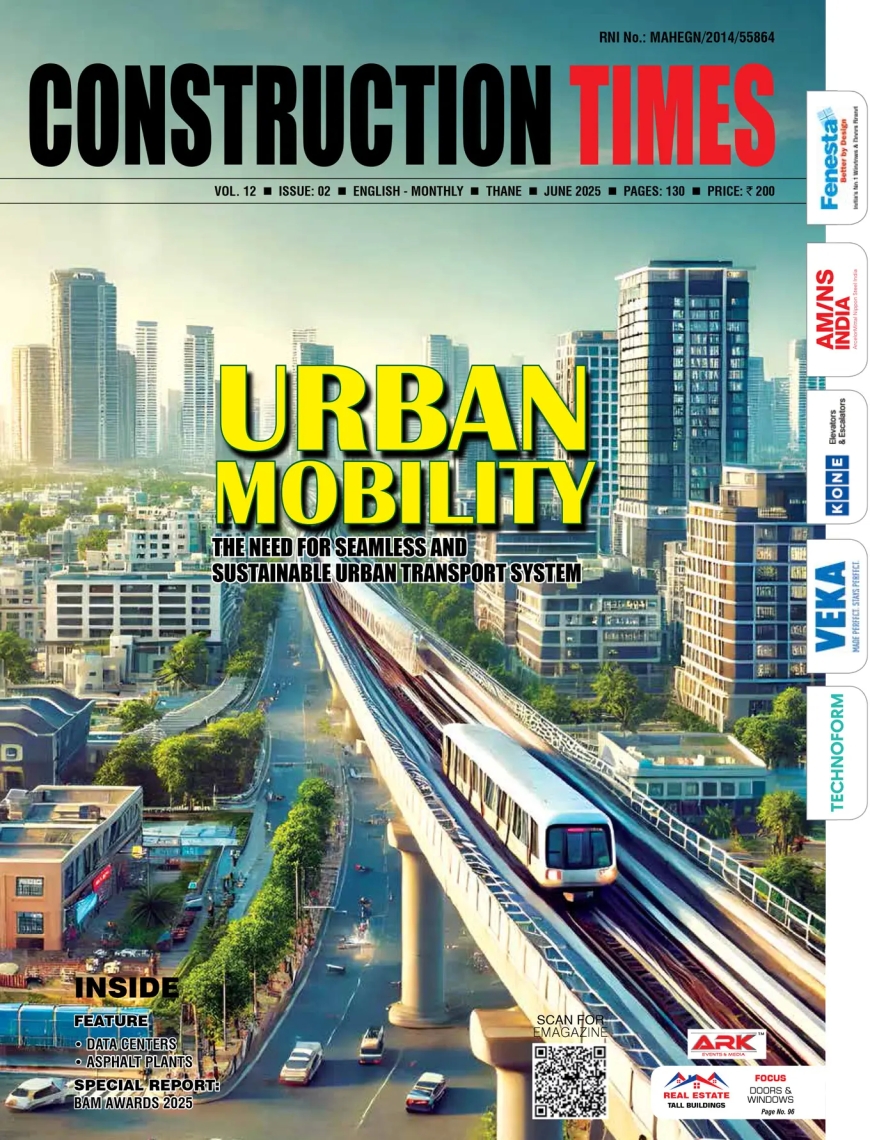Sahil Saharia
CEO, Shristi Infrastructure Development Corporation Ltd
How was the year 2024 for the company?
The year 2024 has been a transformative and growth-oriented phase for Shristi Infrastructure. Despite global uncertainties and market fluctuations, we at Shristi successfully adapted to the evolving demands by delivering sustainable and innovative infrastructure solutions. Our strategic expansion into Tier-II and Tier-III cities allowed us to align with the nation’s urbanization goals, bridging the urban-rural divide and fostering balance in regional development. This proactive approach has enabled us to achieve steady growth while meeting the evolving needs of communities and businesses alike.
What are the key achievements this year? What factors helped you to meet your targets for this year?
This year has been marked by significant achievements for our company. We witnessed robust demand for housing across our projects, both in metropolitan cities and Tier II & Tier III cities, with housing rates escalating by 17-20% on a year-on-year basis. In Tier III cities, we introduced new products that set trends in design, efficiency, pricing, and amenities, further strengthening our market presence. Demand for luxury housing projects in metro cities also saw a notable upward trend. Additionally, our leasing activities in malls have been highly successful, with renowned brands such as Zudio, Bazaar Kolkata, V2, Puma, Pepe, and Levis, among others, opening their outlets.
How was the trend in project execution/operations in the year?
The construction industry is transforming through innovations that enhance efficiency and sustainability. Smart buildings, IoT and AI are optimizing energy usage and improving occupant experiences. 3D printer is emerging as a game changer enabling faster and more cost-effective housing solutions. Modular and prefabricated construction methods are significantly reducing construction times and improving project efficiency. The industry is also embracing sustainable materials such as recycled steel and eco-friendly concrete to minimize environmental impact.
What are the pain points and prevailing challenges in the sector when we enter the new year?
As we enter the new year, the rising interest rates remain a significant concern, as they could dampen demand. Global economic uncertainty, driven by geopolitical tensions and the risk of a potential economic slowdown, poses additional risks to investor sentiment and investment flow. Furthermore, the residential sector faces the issue of oversupply, with the projected supply of new launches potentially leading to oversupply and eventually to price corrections.
How are you planning the year ahead? What are your goals and way forward?
As we plan for the year ahead, our focus is on launching new projects in both existing and emerging markets for residential and commercial assets. We aim to place greater emphasis on implementing new construction technologies to deliver high-quality products and ensure faster delivery to customers. Designing efficient housing solutions for our customers remains a key priority, alongside strengthening Customer Connect programmes. Additionally, we plan to leverage digital platforms more effectively for marketing our products. With these strategies in place, we are targeting a growth of 25% in the coming year.






